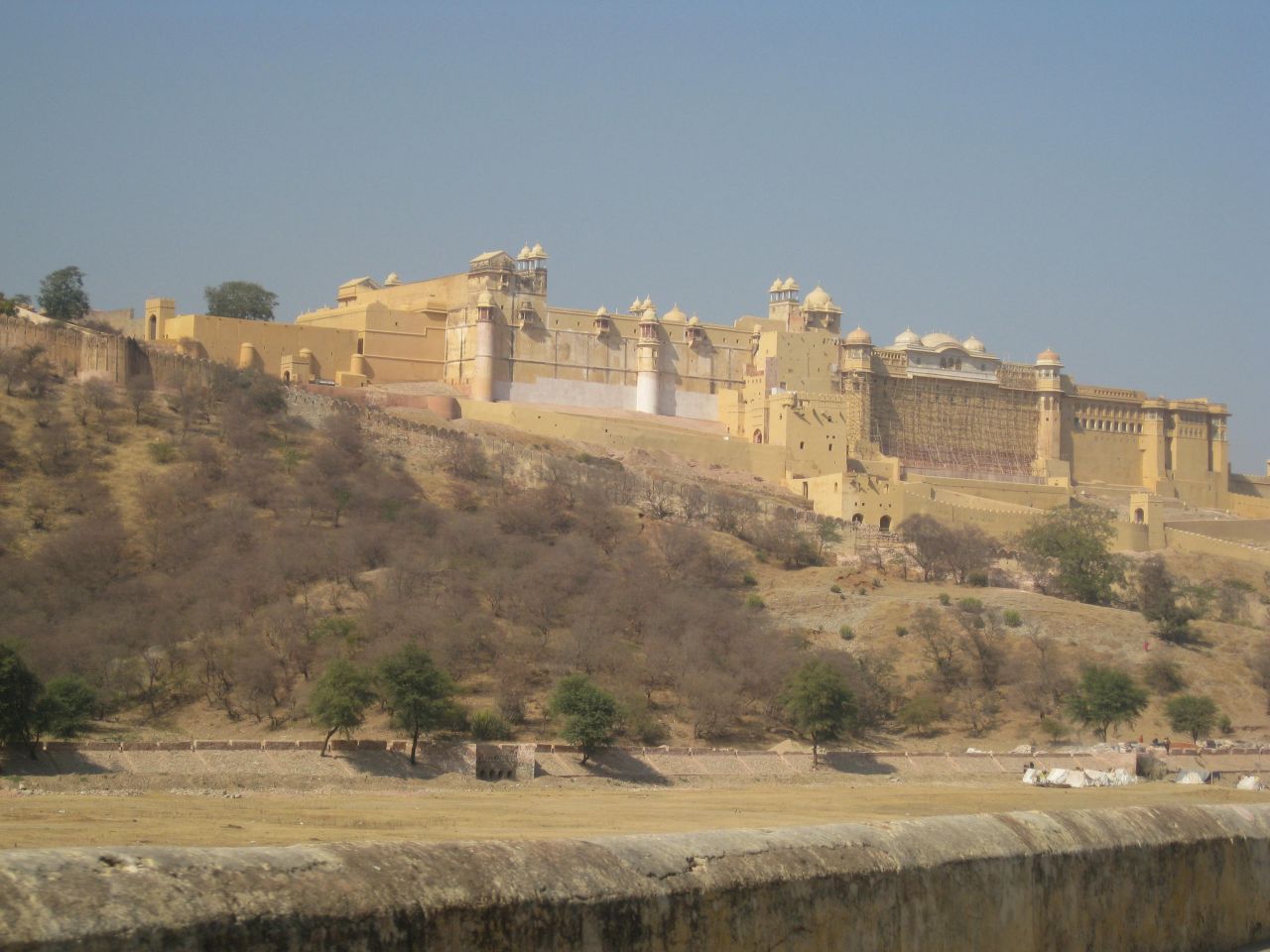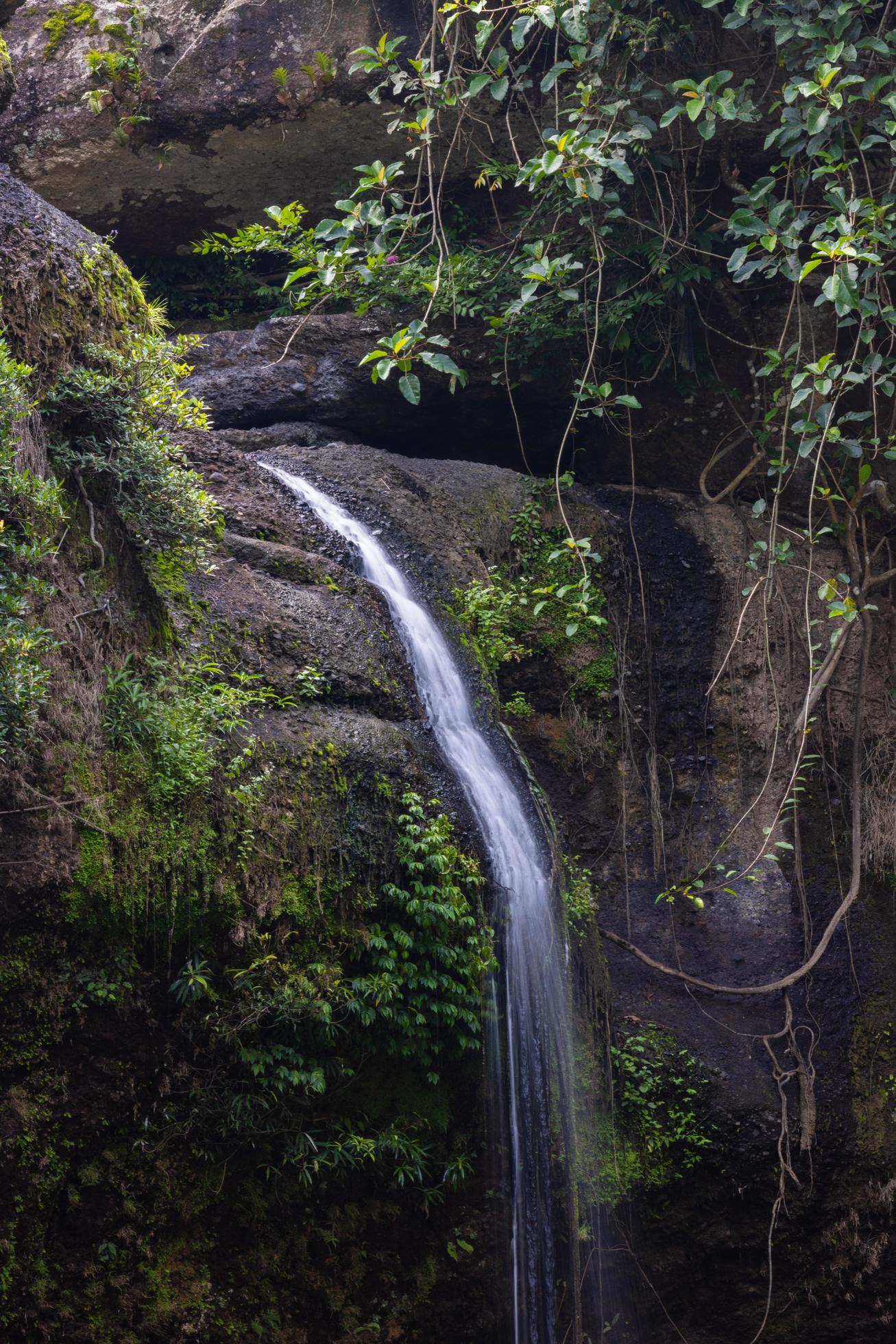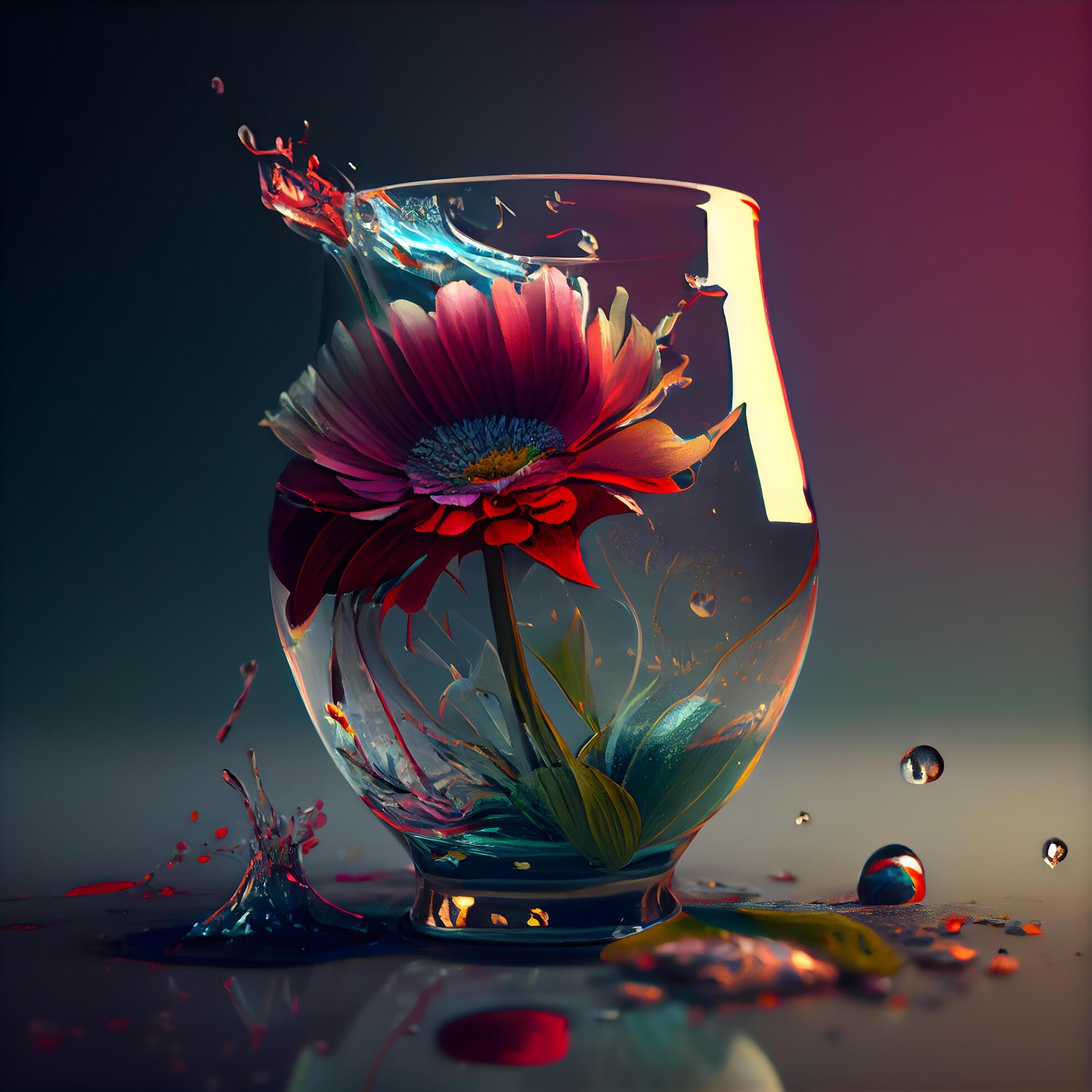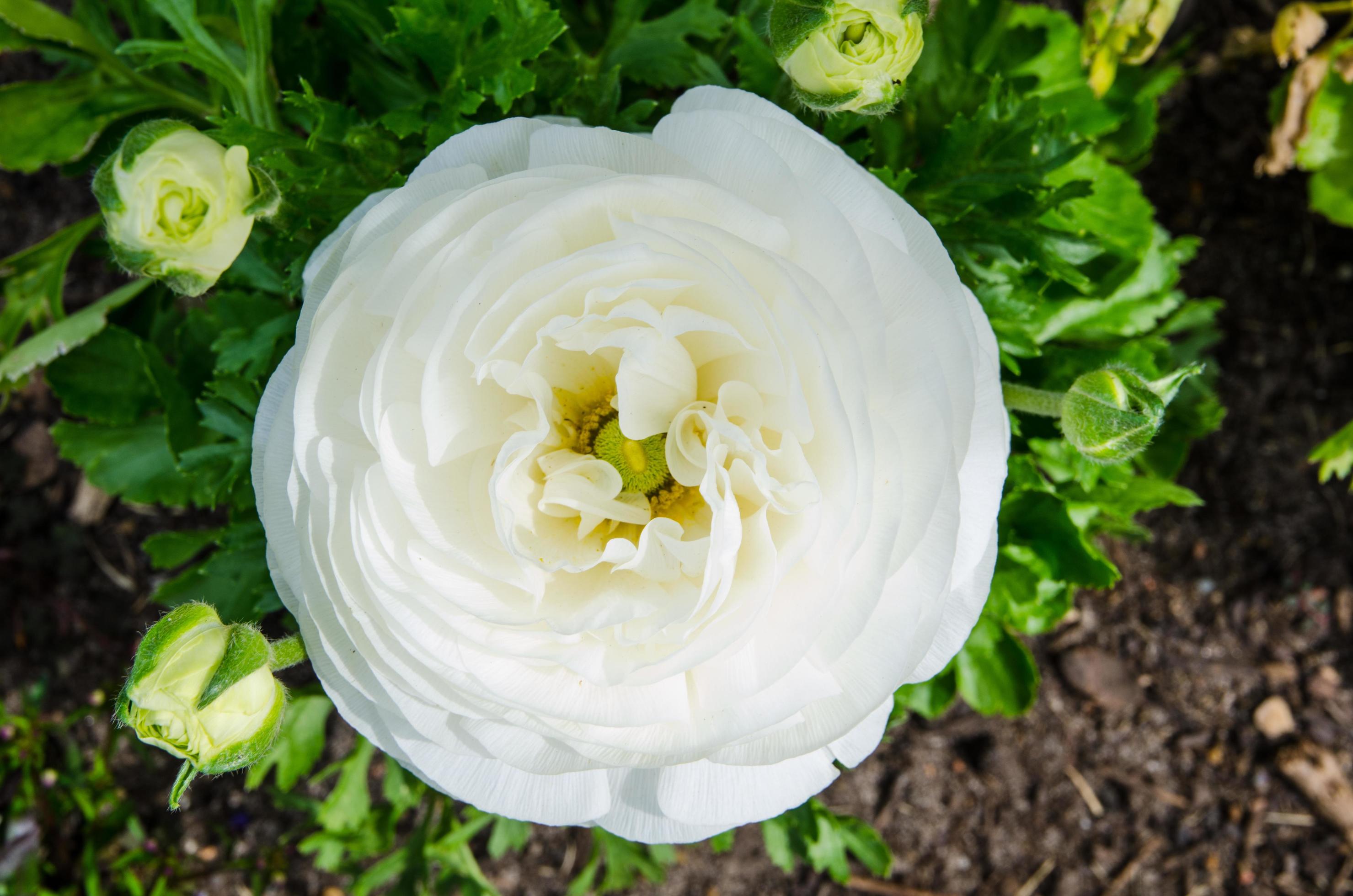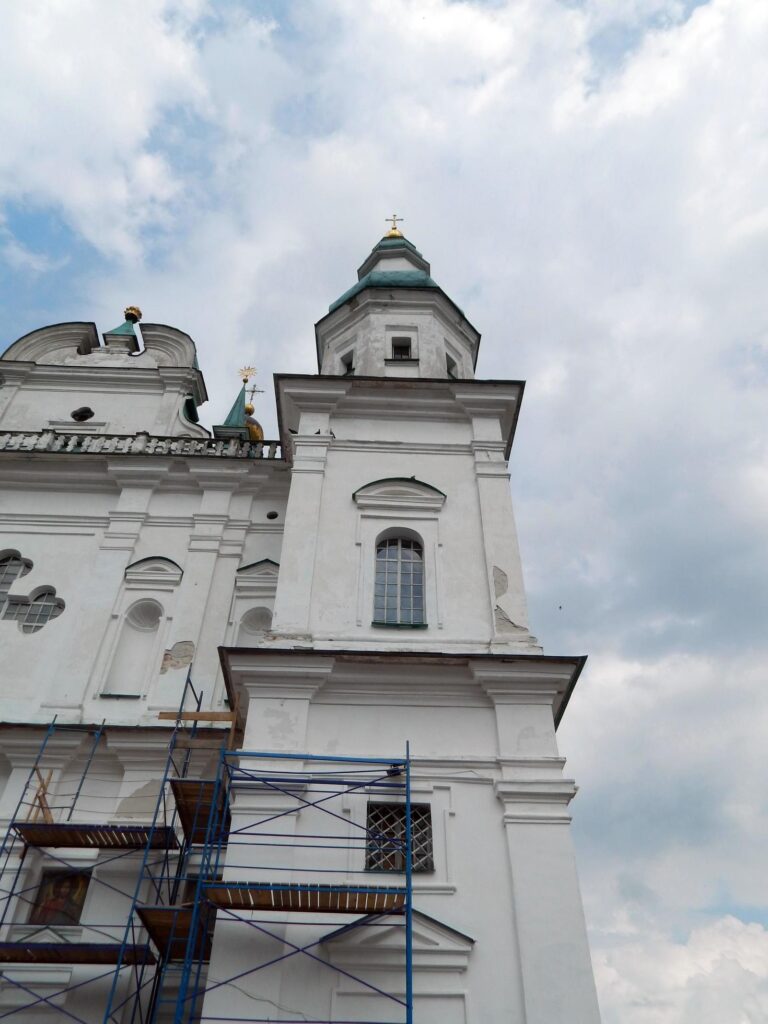The headline “Royal Castle Palace India Amer Jaipur” refers to a magnificent architectural marvel located in the city of Jaipur, Rajasthan, India. The Amer Fort, also known as the Amer Palace or the Amer Fort, is a UNESCO World Heritage Site and a prime example of Indo-Islamic architecture. The palace was built by Raja Man Singh I in the 16th century and later expanded by his successor Raja Jai Singh I. The fort is situated on a hilltop overlooking the city of Jaipur, providing a breathtaking view of the surrounding landscape.
The Amer Fort is a testament to the rich cultural and architectural heritage of India. It is a perfect blend of Rajput and Mughal architectural styles, featuring a mix of both Hindu and Islamic elements. The palace complex is divided into four main sections: the Diwan-e-Aam, the Diwan-e-Khas, the Sheesh Mahal, and the Sukh Niwas. Each section showcases a unique blend of art, architecture, and history.
The Diwan-e-Aam, or the Hall of Public Audience, is a grand courtyard where the king held public meetings and dispensed justice. The walls of this courtyard are adorned with beautiful frescoes and paintings depicting scenes from Hindu mythology. The Diwan-e-Khas, or the Hall of Private Audience, is a more intimate space where the king received important guests and held private meetings. This hall features intricate stone carvings, a richly decorated ceiling, and a beautiful marble floor.
The Sheesh Mahal, or the Mirror Palace, is a stunning example of craftsmanship and design. The entire room is covered in a dazzling array of mirrors, set in a lattice of pink sandstone. The mirrors reflect the natural light, creating a mesmerizing effect. The Sukh Niwas, or the Hall of Pleasure, is a beautifully designed room that features a unique cooling system. The walls of this room are painted with scenes from the life of Lord Krishna, and the ceiling is adorned with frescoes depicting various mythological stories.
In addition to these main sections, the Amer Fort complex also houses several other structures, such as the Ganesh Pol, the Jai Pol, and the Lal Pol. The Ganesh Pol is a monumental gatehouse featuring a large statue of Lord Ganesha, while the Jai Pol and the Lal Pol are two ornate gateways that provide access to the palace complex.
The Amer Fort is not only a symbol of India’s rich architectural heritage but also a testament to the cultural exchange that took place between the Rajput and Mughal empires. The fusion of styles and the use of local materials in the construction of the fort showcase the artistic and architectural prowess of the time. Today, the Amer Fort remains a popular tourist destination, attracting visitors from around the world who come to marvel at its beauty and learn about its history.
In conclusion, the Royal Castle Palace India Amer Jaipur, or the Amer Fort, is a magnificent example of Indo-Islamic architecture that showcases the rich cultural and historical heritage of India. Its unique blend of Rajput and Mughal styles, along with its intricate carvings, stunning frescoes, and mesmerizing mirror work, make it a must-visit destination for anyone interested in history, art, and architecture.

